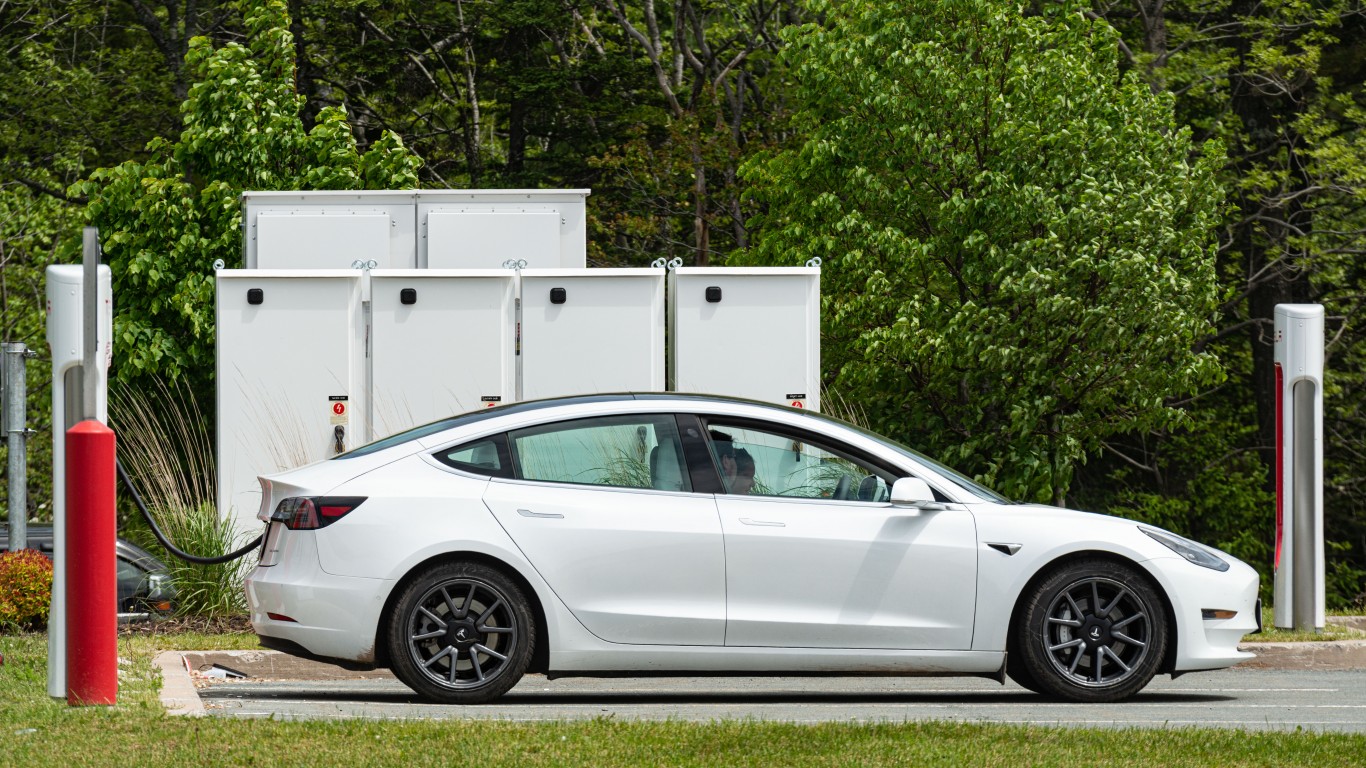
Ford Motor Co. (NYSE: F) is at the heart of the American auto industry, and this coronavirus pandemic has induced a heart attack with a recovery that appears to be difficult. A recent earnings report has only shown some of the symptoms, and management is trying to help in its own way.
In March, Ford halted global production, and it plans a phased restart of production in Europe next week. Production in China was restarted in February, and about one-third of Ford vehicles sold during March were sold online, according Chief Operating Officer Jim Farley, who said that the “actions we took in China have become a best practice for us.” Online sales in the United States have not been as successful for dealers.
However, this seems to be the case for auto manufactures across the board, with one big exception. All the major U.S. auto manufacturers are in a race to recover from the pandemic. Like any race, it takes time, and shares of none of these companies have yet to reach their highs back in February.
On a year-to-date and 52-week, basis Tesla Inc. (NASDAQ: TSLA) is the only company from this group that has seen a positive performance, with its stock up 83.6% and 200.9%, respectively. Ford, General Motors Co. (NYSE: GM) and Fiat Chrysler Automobiles N.V. (NYSE: FCAU) are each still down for the quarter: 45.9%, 38.1% and 37.7%, respectively.
While Ford stock is at the back of the group in terms of its performance, the outlook provided from recent earnings doesn’t paint an encouraging picture going forward, for neither the stock nor the auto industry in general.
Earnings
Ford reported its most recent quarterly results in late April. While the first quarter’s results were bad, the company’s outlook for the second quarter was worse.
The automaker posted an adjusted diluted per-share loss of $0.23 on revenues of $34.3 billion in the first quarter, which compares to consensus estimates of a net loss of $0.06 per share and $34.5 billion in revenue. In the same period a year ago, the company reported earnings per share of $0.44 on revenues of $40.3 billion.
Ford’s adjusted earnings before interest and taxes (EBIT) in the first quarter came to a loss of $600 million. In an outlook statement, Chief Financial Officer Tim Stone said the company expects an adjusted EBIT loss in the second quarter of more than $5 billion.
At the end of the quarter, Ford had $35.1 billion in liquidity lined up and $46.4 billion in cash and equivalents, including marketable securities. Stone noted that the company’s cash “is sufficient to take us through the end of the year.” On a GAAP basis, Ford’s first-quarter net loss totaled $2.0 billion. Adjusted free cash flow in the quarter was negative $2.2 billion.
During the quarter, Ford fully drew down its existing credit lines and issued new junk-rated, unsecured debt of $8 billion. The company also suspended its dividend and share buybacks.
Ford issued no guidance for the second quarter or the full year. Wall Street seems to think that this could go from awful to even worse. Analysts are looking for a loss per share of $0.88 and revenues of $17.99 billion. Comparatively, Ford posted earnings of $0.28 per share and revenues of $35.76 billion in the second quarter of last year, essentially double estimated revenues for the most recent quarter.
Management to the Rescue
Ford COO Farley swooped in this quarter to double down on Ford stock. He paid about $1 million for 194,950 shares, at an average price of $5.13 apiece. Ford noted that the documents were filed with the U.S. Securities and Exchange Commission on Monday.
This purchase is notable, considering Farley’s base salary in 2019 was roughly $1.1 million. In 2019, Ford’s COO was paid $8.4 million in total compensation, an increase from 2018, when he earned $5.9 million.
Is this move by management too little and too late to make a difference?
Are You Still Paying With a Debit Card?
The average American spends $17,274 on debit cards a year, and it’s a HUGE mistake. First, debit cards don’t have the same fraud protections as credit cards. Once your money is gone, it’s gone. But more importantly you can actually get something back from this spending every time you swipe.
Issuers are handing out wild bonuses right now. With some you can earn up to 5% back on every purchase. That’s like getting a 5% discount on everything you buy!
Our top pick is kind of hard to imagine. Not only does it pay up to 5% back, it also includes a $200 cash back reward in the first six months, a 0% intro APR, and…. $0 annual fee. It’s quite literally free money for any one that uses a card regularly. Click here to learn more!
Flywheel Publishing has partnered with CardRatings to provide coverage of credit card products. Flywheel Publishing and CardRatings may receive a commission from card issuers.
Thank you for reading! Have some feedback for us?
Contact the 24/7 Wall St. editorial team.




